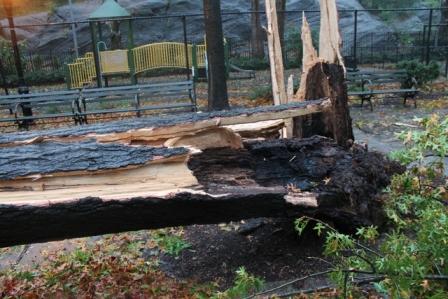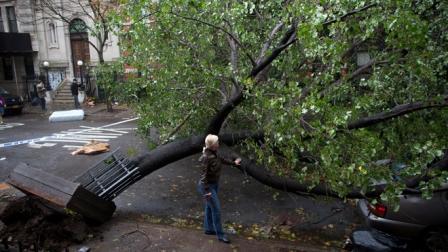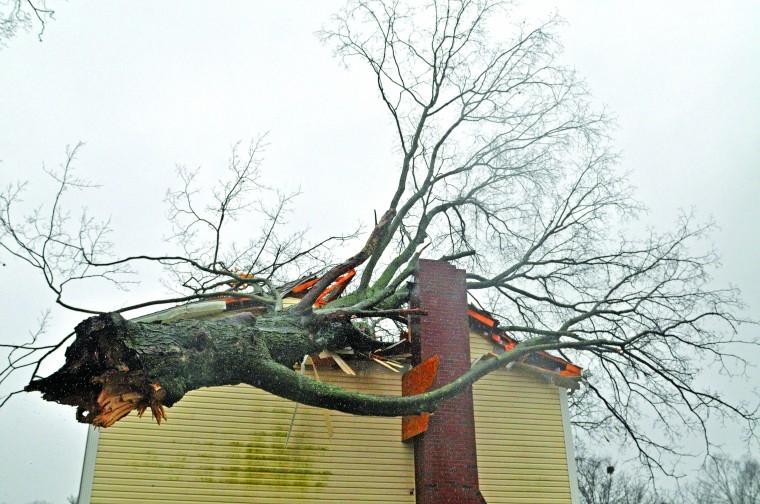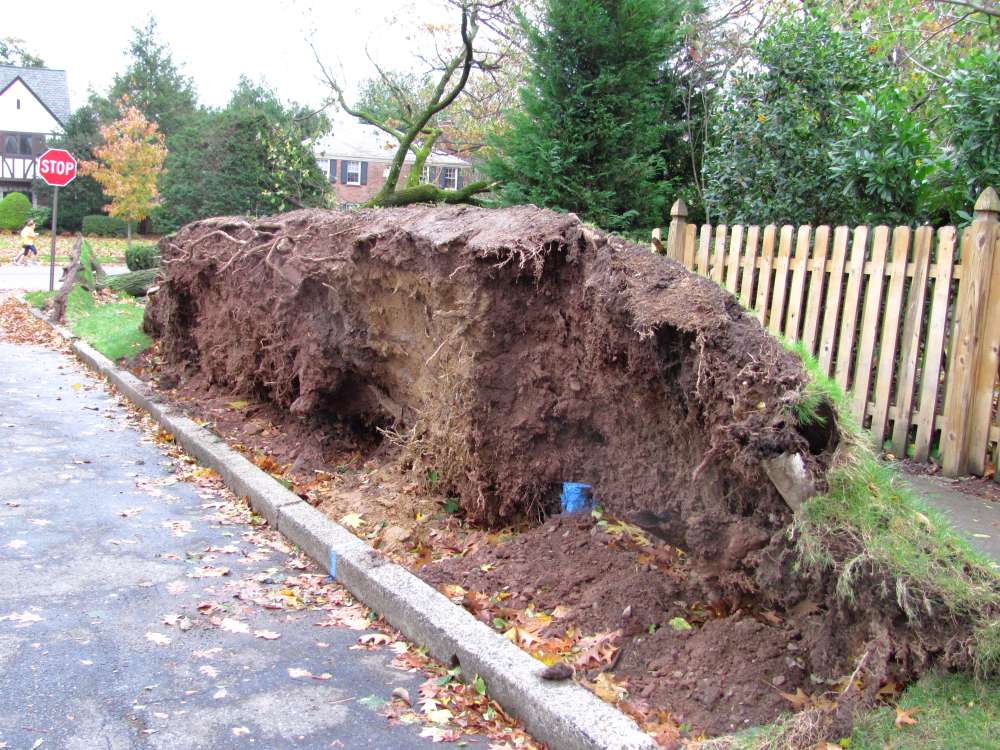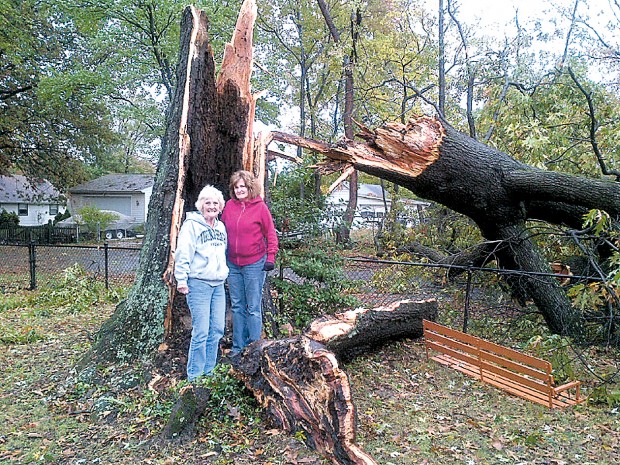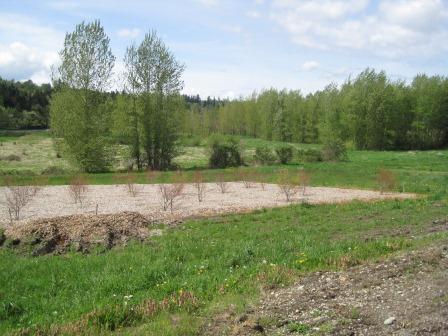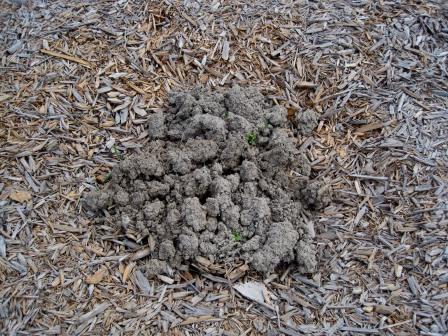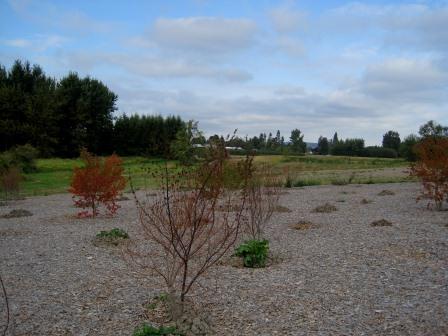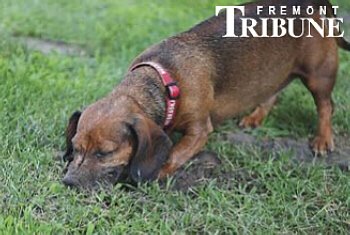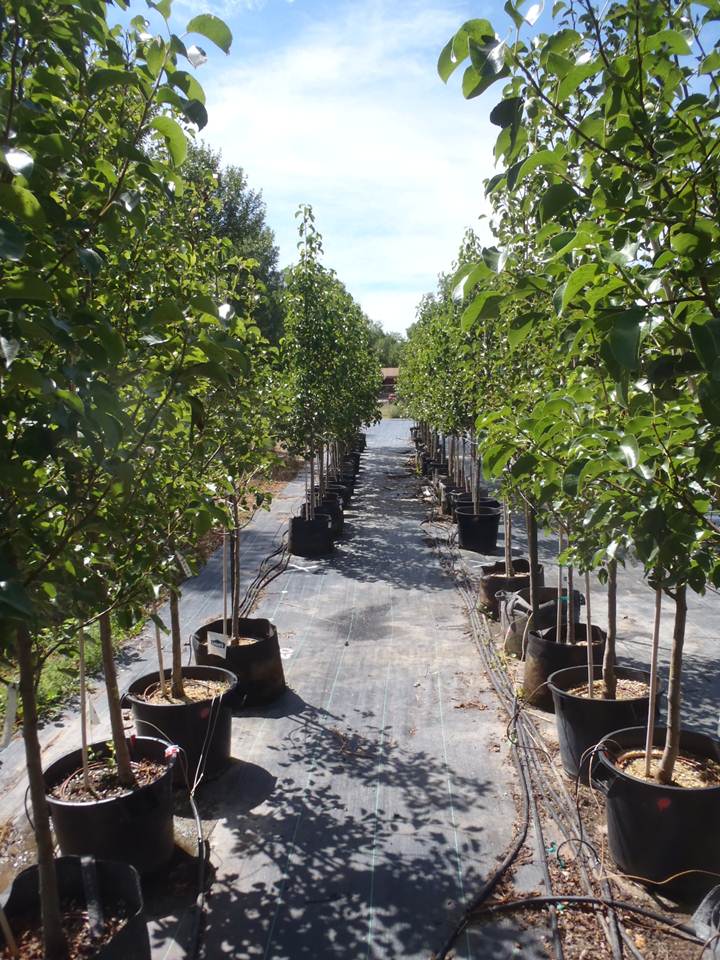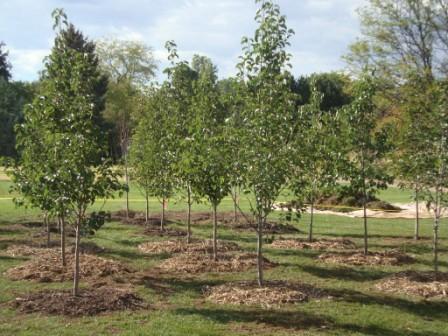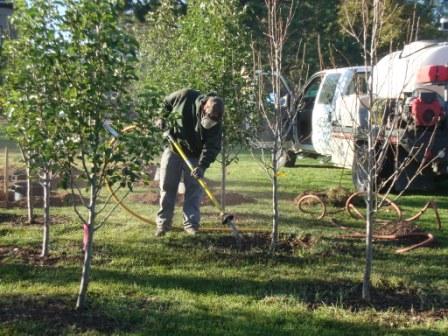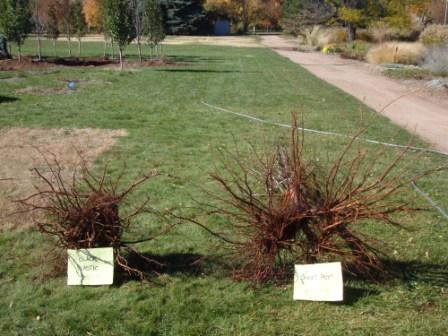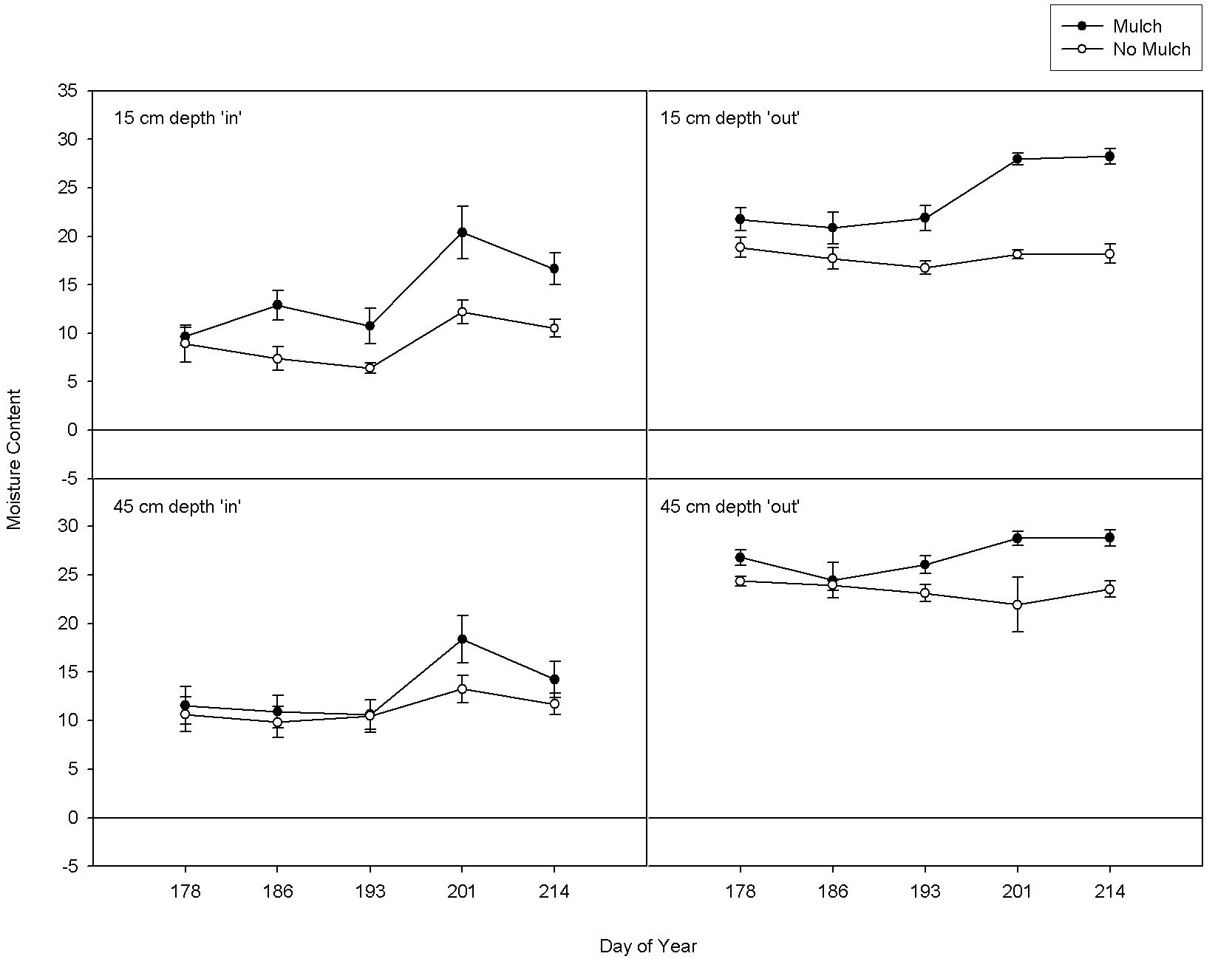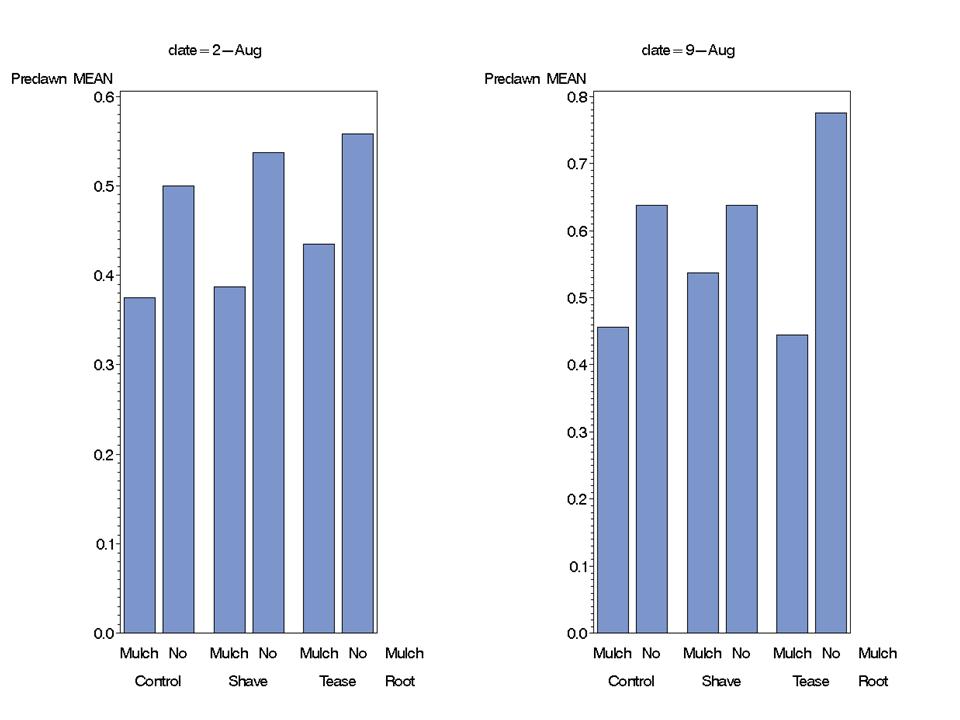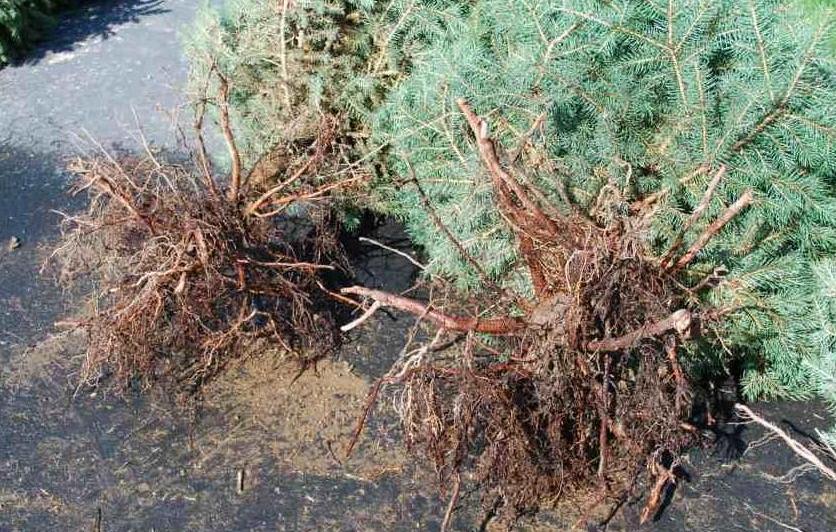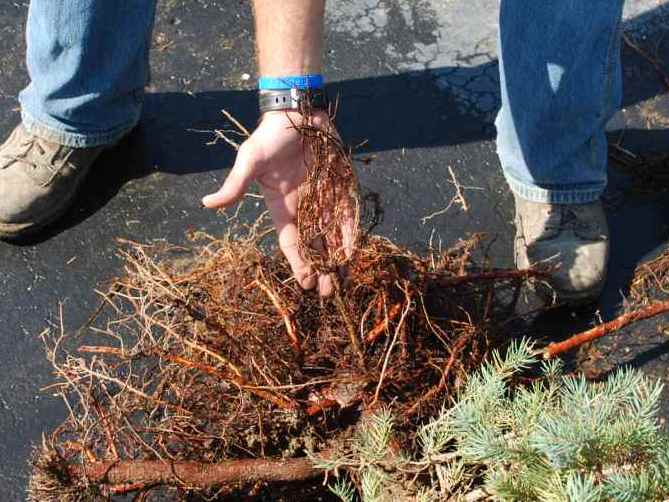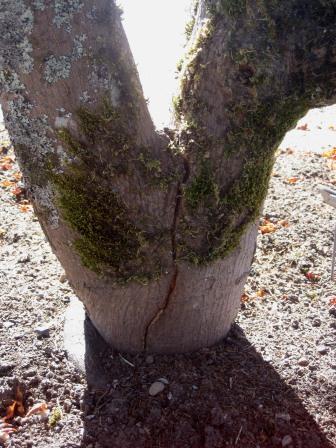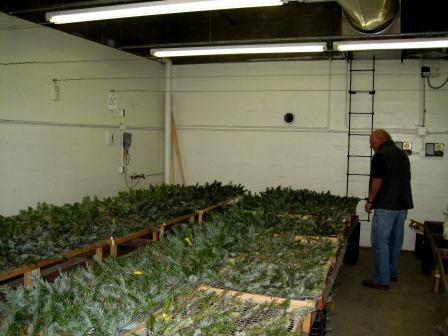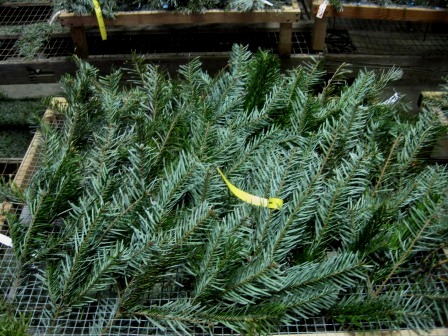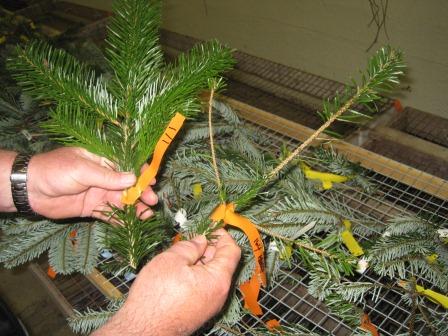
Ginny Stibolt of the Florida Native Plant Society recently posted Native Plant Issues: The good, the bad and the ugly, featuring me as the ugly. I posted a reply on her post, which I include here. To keep things in context, I encourage you to read her post first.
Enjoy your weekend!
Hi Ginny:
Some comments and a few points of clarification.
On the first item, as a Federal agency the USDA is bound by the Executive Order on Invasive Species which defines natives as species that occur in an ecosystem “other than as a result of an introduction”. I suspect they tried to simplify the language for the National Planting day release when they substituted ‘naturally occurring’.
On the Arbor Day Foundation, I am fairly certain they use contract nurseries in various locations for their tree sales. In any event, they have plenty of trained foresters on their staff that understand the importance of provenance and they would not send trees from northern seed sources to Florida or vice versa. But I certainly can’t fault the idea of supporting the Arbor Foundation, declining their trees, and buying trees from a local nursery.
On the Google + Hangout discussion no one was ‘booted off’. These were straight and simple technical issues. If people watch the Youtube video, the audio sounds like Neil Armstrong on the moon. This is a new technology for most of us and we are dealing with some growing pains. I would have much preferred even numbers on each side. Having an imbalanced debate can work against the majority, too. As Wilt Chamberlain famously observed, “Nobody roots for Goliath.” That said, we did have a lively and cordial debate and I hope people will bear with the grainy images and tinny audio and take a look.
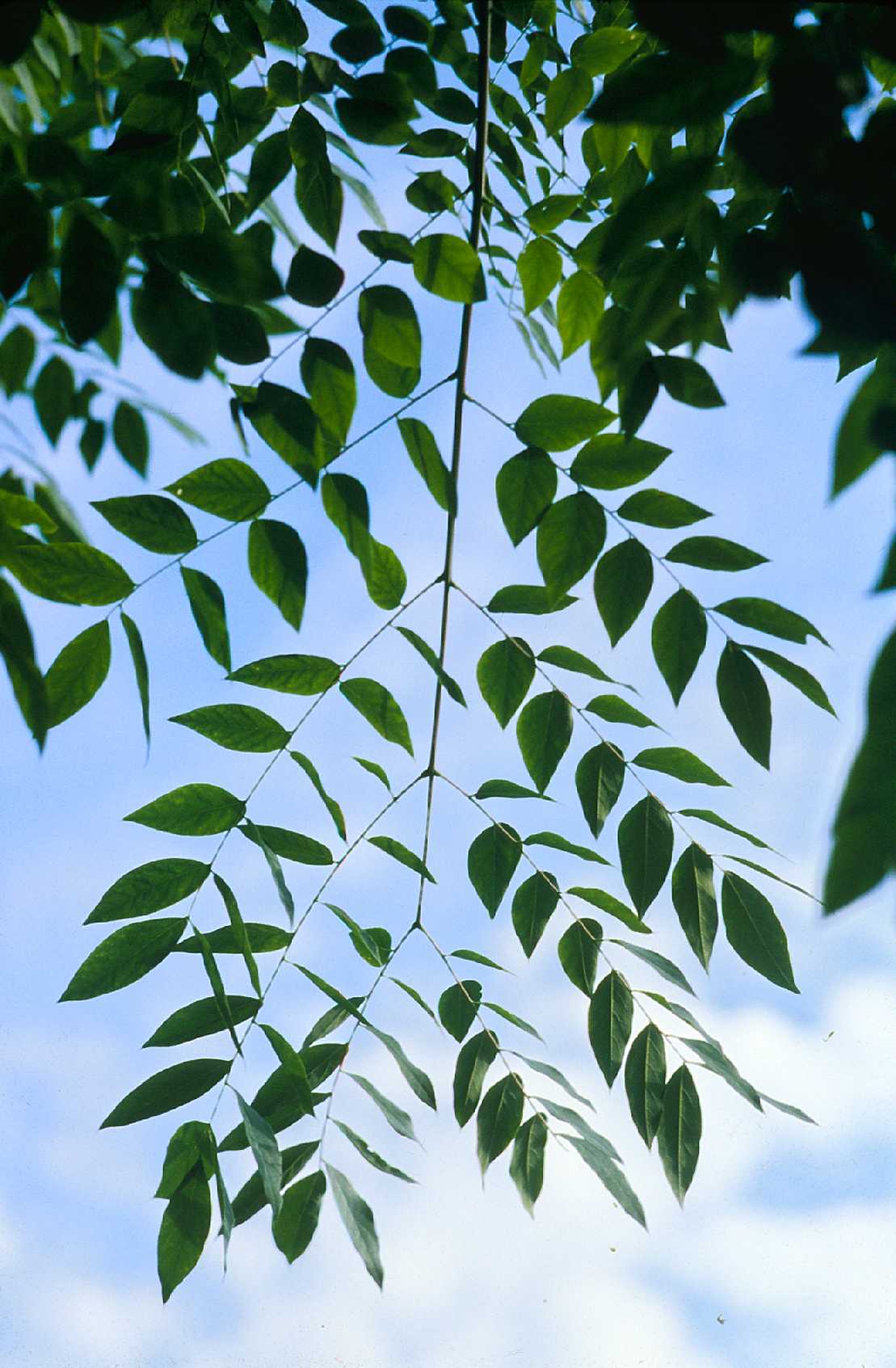
Kentucky coffeetree
I haven’t watched the video but I don’t think I said there were no natives that could be used as street trees here in Michigan. If I did, I misspoke. That might be true for Linda in the Northwest – if you look at the native tree list for King county you’d be hard pressed to find anything that could be recommended in good conscience as a street tree. We have a few more options here in Michigan. If we were looking for a street tree for Lansing or Detroit the list could include hackberry, honeylocust, Kentucky coffeetree, tulip poplar, swamp white oak, and red maple. But even this list makes urban foresters cringe because they think red maples are already over-planted, tulip poplar is weak-wooded, and hackberry is difficult to transplant. With regards to Mary Wilson’s comments, there is a distinction between street trees and landscape trees. Landscape trees could be anywhere on a residential or commercial landscape where they could receive irrigation or other care so there is broader list, in contrast to street trees found on street sides in tree lawns or tree pits. Street trees are subject to the ‘worst of the worst’ in terms of environmental conditions; minimal rooting volume, compacted soils, road salt, and reflected heat load; but they provided the ‘biggest bang’ in ecosystem services, especially cooling buildings and sidewalks.
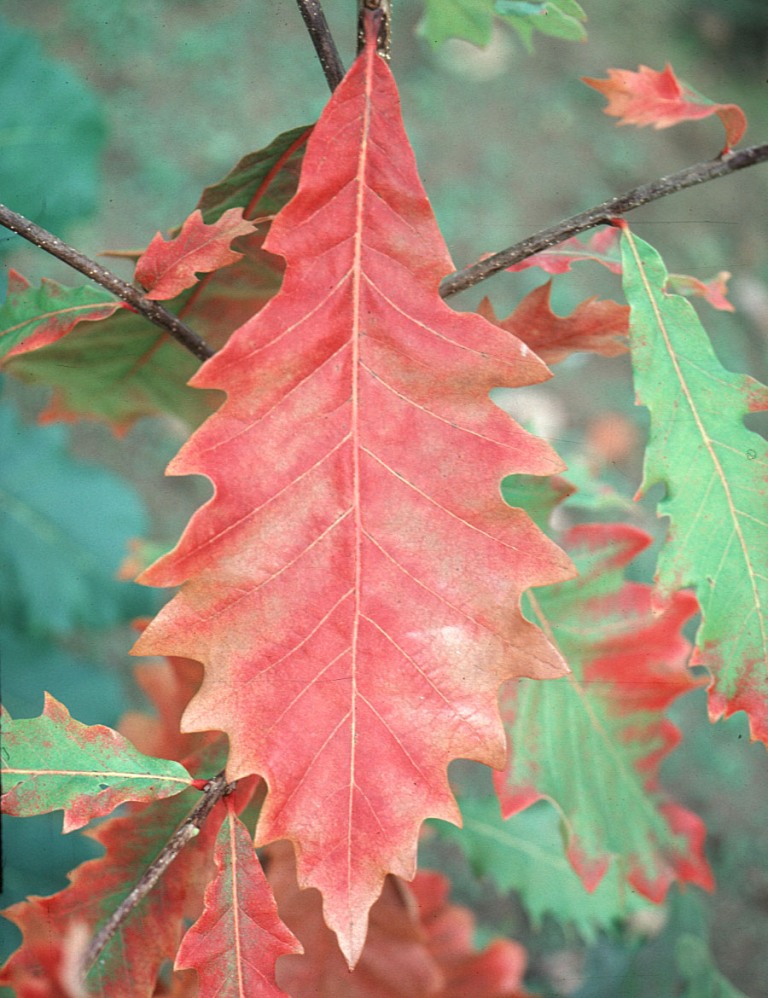
Swamp white oak
This has been an interesting discussion and clearly I have touched a nerve. I have to confess I have never been vilified so much in my life, which has been a little discomforting but also strangely flattering. When I met with Jeff and Linda earlier this week Jeff commented, “Wow, I’ve never been able to sit across the table from the devil incarnate before!” Fortunately, I work in academia where we spend most of our days telling one another how stupid the other is. People that seek to avoid criticism generally don’t do well in this line of work. Peer review forces us to critically examine our statements and sharpen our arguments. I was pleased and gratified to see some of the changes proposed for FNPS website and literature – why leave ‘low hanging fruit’ around for critics? While I didn’t appreciate some the comments made about me, if I’ve caused this group and others to strengthen their arguments and re-examine some of their assertions regarding natives, then the slings and arrows I’ve taken these past couple weeks haven’t been in vain.

